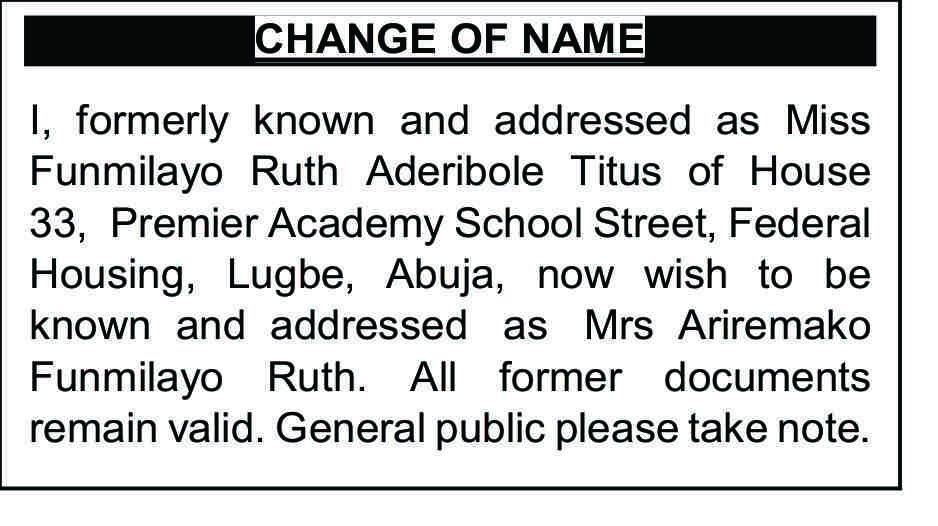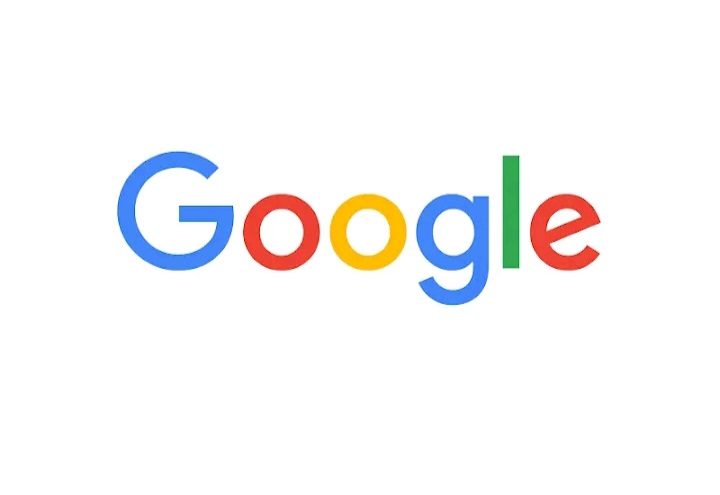News
How to drive massive traffic to your Website on Google in 8 Simple Steps

In this edition we shall be looking how professionals bloggers drives in traffic to their websites using the appropriate keywords.
We all rely on Google’s powerful search engine to help us run our lives. From learning about the latest trends to getting problem solving advice, we’d find it hard to imagine where we would be without it.

It’s easy to think of this platform problem-solving we use to search for information about other people, places or events. Yet, as a small business owner, you also need to think proactively about how people are using it to find, you.
Furthermore, there are organized systems at work that determine which sites rank higher than others. The first step in getting found at all is to create a website, which immediately strengthens your online visibility.
After that, you have several tools at your disposal to earn your website a top spot on Google’s search engine result pages. In this article, we’ll review what exactly those resources are and how to make the best use of them.
Here’s how to get your website on Google:
Submit your site to Google
Prioritize proactive indexing
Choose the perfect keywords
Manage your meta tags
Optimize for mobile
Prove that you’re a local
Lay an external link trail
Perfect your internal linking
01. Submit your site to Google
So you understand what is SEO and its importance for being found on Google. While your website will most likely be found at some point by the Google bots constantly crawling the web, you can take a few actions to speed up this important process.
Begin by giving Google a quick heads up that you exist by submitting your site to them. Make sure your website shows up on Google by submitting your sitemap to Google Search Console.
This gives Google a nudge to speed up the indexing of your website. Google Search Console Google Search Console Using a Wix Site? Your domain will be connected to Wix SEO – which automatically submits your site to Google in 60 seconds or less right from your dashboard.
To determine whether your site is already included in Google’s search index, simply do a quick site search using your site’s homepage URL (for example, a site search for Wix would take the form of site:wix.com).
If the search results display pages from your website, then your site is indeed on Google.
02. Prioritize proactive indexing
Getting your on Google’s search index is just the beginning of indexing your business found on Google. The next step is to make sure you’re getting the right content found both by the search engines and yours.
Crystal Carter, Head of SEO Communications at Wix is a strong advocate for proactive indexing, in part because of the benefits of making sure you’re surfacing your most important pages and content in search.
Her studies show that in three months, getting your indexing right, can lead to an 8% increase in ranking pages, 8.5% growth in ranking keywords and a 13% increase in keyword value.
The key to improving your indexing is giving Google clear instructions about,t which pages on your site are the most important – the ones they should prioritize for indexing – and this can be done with an updated sitemap, by applying a robots.txt exclude tag to unimportant pages (duplicate pages, landing pages used temporarily, non relevant tag and category pages), and by sending clear external and internal linking signals to Google to your advantages.
We’re going to use an example shared by Crystal to really stress the importance of this. A large eCommerce site with over 80,000 product pages was only getting 50,000 wealth of pages indexed.
The problem stemmed from the fact that every time a customer made an order, their newly created order page was indexable. Without clear instructions Google didn’t know what was a priority page for indexing.
Making those order pages no-index, sends Google to the in, taxable product pages – the ones that matter. Google is busy – more than 576,000 new websites are created daily, 8.5 billion searches and counting occur in a day and over 4 billion gigabytes of web traffic is created – it doesn’t have the time to figure out your site, and what it should or shouldn’t index if you don’t give it clear signs and signals.
03. Choose the perfect keywords
Keywords are frequently mentioned in conversations about how to get your website on Google. But what are they and why should you care? Keywords with more than 3-4 words are called long-tail keywords. These have a lower search volume, but can be very strategic to incorporate because they are so specific.
When there’s a match between the words people are typing into the search box and the exact terms you’ve included on your website, your listing is more likely to appear in search results. In other words, choosing the right keywords increases your visibility on Google and other search engines.
Let’s say, for instance, that you have a website selling vegan pet food. In that case, you’ll want people who are typing “vegan pet food” into the search box to click on your site.
By incorporating the keyword “vegan pet food” throughout your web pages and blog, you improve your chances of appearing on Google for that particular query.
This is a valuable on-page SEO technique that, if accomplished strategically, can get your website on Google’s first page. Let’s expand on this keyword logic a little bit more to explore some other ways these phrases can help you get found on Google.
Think about what leads you to reach for your nearest device to consult Google’s wisdom. Sometimes, like in the pet food example above, it’s a more general query. Other times, however, you’re searching for the answer to a very specific question: “What is the weather today?” “What temperature should I bake brownies?” “How do I get my website found on Google?” You know, questions like that. Think about the kinds of instances that lead people to make a purchase on their phone. It’s rarely a casual browsing kind of situation, and more of an ‘I need it now’ actively especially coined a term for this experience: micro-moment.
It is an intent-rich moment when Towson turns to a device on a need – to know, go, do, or buy.” Your potential customers are no different.
You should imagine your audience asking Google the specific question that your business is uniquely primed to answer.
Once you know how to do keyword research and you figure out the commonly searched phrases relevant to your business, your mission is to sprinkle them throughout your content and website SEO settings to let Google know that your website provides the best solution for users.
The search engine loves to point its users in the right direction, so it’s important to use keywords in a way that matches the intent of relevant search queries.
If you’re feeling stuck, these Wix SEO tips can help you immensely.
04. Manage your meta tags
Filling out your site’s meta tags is another strategy for getting your website on Google. Essentially, meta tags are the bits of text that appear in Google search results to give users a preview of the content.
When you type in a query on Google, you’ll see the meta tags displayed in a particular format: blue lettering (called the title tag or SEO title) and the short blurb in black beneath it (called the meta description).
Together, this information is referred to as metadata. what is metadata This text doesn’t actually show up on your website, but you can pick out clear and concise, metadata of every web page. These labels are critical in convincing users to click your link.
Just as you do throughout your website, remember to weave strategic keywords into your metadata. This helps Google identify your content’s relevance to particular queries, further strengthening your chances of getting your site on Google. Wix SEO helps you manage your meta tags as well, walking you through your site to show you which components should be optimized for SEO.
For more information about how to appear on the top of the search engine results, take a look at these tips for improving your website SEO.
05. Optimize for mobile
Mobile devices now account for about half of all global internet traffic. And trust us, not one of those users wants to be squinting their way through cut-off displays on their phones, or images that never seem to fully load.
Google knows this, and they want to keep their own users happy, so they take into account just how mobile-friendly your site is when deciding which pages get letters in the search results. That means when considering how to get your website on Google, you’ll need to optimize for mobile browsing in order to appear as a top result.
For that reason, make sure your website not only looks good from the computer that it’s also ready to go on mobile. All Wix websites are automatically optimized for mobile, a valuable SEO essential to get your website taking top spots in search engines.
Beyond making sure your formatting and page load speed are mobile-friendly, you will also want to learn the best practices for mobile web design. Let this definition guild your choices about what to include on the mobile version of your site.
For example, maybe you can do away with the menu options on the homepage that lead to your company story and blog, and focus instead on placing your product gallery front and center. Likewise, I lead surely to have a subscription form with multiple entry fields, making it easy for your visitors by reducing the number of questions they must answer on a smaller screen. In short, when your mobile site provides a quick, valuable solution to a user’s problems, more people will linger and browse.
This sends a sign to Google that your website provides a strong answer to a particular search query – and helps your page rank higher as a result.
06. Prove that you’re a local
Local business owners, this step is for you. Within the broader SEO world, there’s an area known as local SEO, where Google helps direct location-specific searchers to solutions in their geographic area.
Why is this important? Essentially, most people turn to Google’s search box to find the business they’re looking for before taking a stroll down Main Street.
Google My Business is the response to this reality. It is a directory of business listings that populates what appears on Google Maps, as well as what’s displayed in the Local Pack (that map and three business options that appear at the top of searches with a specified location).
In addition to keywords, creating a Google My Business account is one more way to give Google a hint that your business will be a quality result to display to users. You can set up your Google My Business and boost local SEO directly from your Wix Dashboard. Click “Marketing & SEO” and choose “Google Business Profile” from the drop-down menu.
From there, the tool will take you through the steps. Google My Business Google My Business.
To take advantage of this service, claim your business and fill out your profile with all relevant information, including: business name, address, phone number, website, hours of operation and location.
This is yet another instance in your which it’s handy to create a website on Wix. Wix SEO tools provides you with a comprehensive SEO plan, pointing out all the places on your site that you should be optimizing -provider contact details to the text on your homepage – in order to get your website on Google.
This makes it easy for users to find you with a quick Google search.
07. Lay an external link trail
At this stage, you’ll want to make sure your site appears as one of the top results so that users actually see and click on your pages. That brings us to another way to get your website on Google: plant links toe around the web. When the bots reach those blue text hyperlinks, they essentially receive a command to proceed directly to your website.
One way to obtain high-quality backlinks is to write content for other publications or blogs within your niche. This gives you the opportunity to show off your expertise, build the authority of your brand, and add a link back to your allows young Google – can better find you.
A second option is to post your URL in all of your social media profiles and online directories for your industry or geographic area. Not only do these links make it convenient for potential customers to access your business’s homepage, but they also serve as a superhighway straight to your website.
08. Perfect your internal linking
One of the most impactful ways you have to show Google which pages of your site to index and get found on search, is your internal linking. The more internal links pointing to a page, the more likely it is to be prioritized for indexing.
The same goes for when a new page or piece of content is published on your site – linking to it from existing pages creates an internal trail for Google to follow.

























